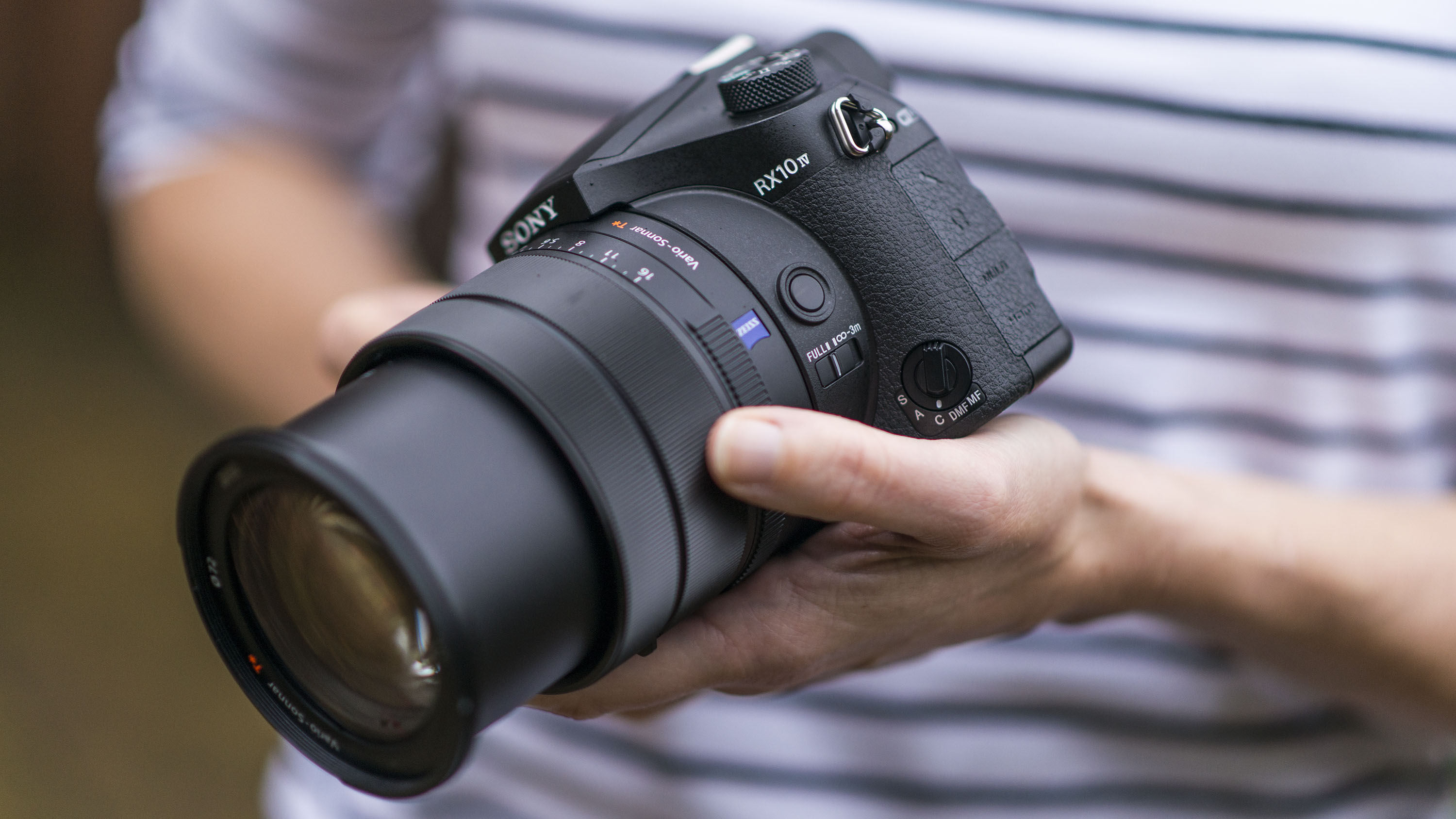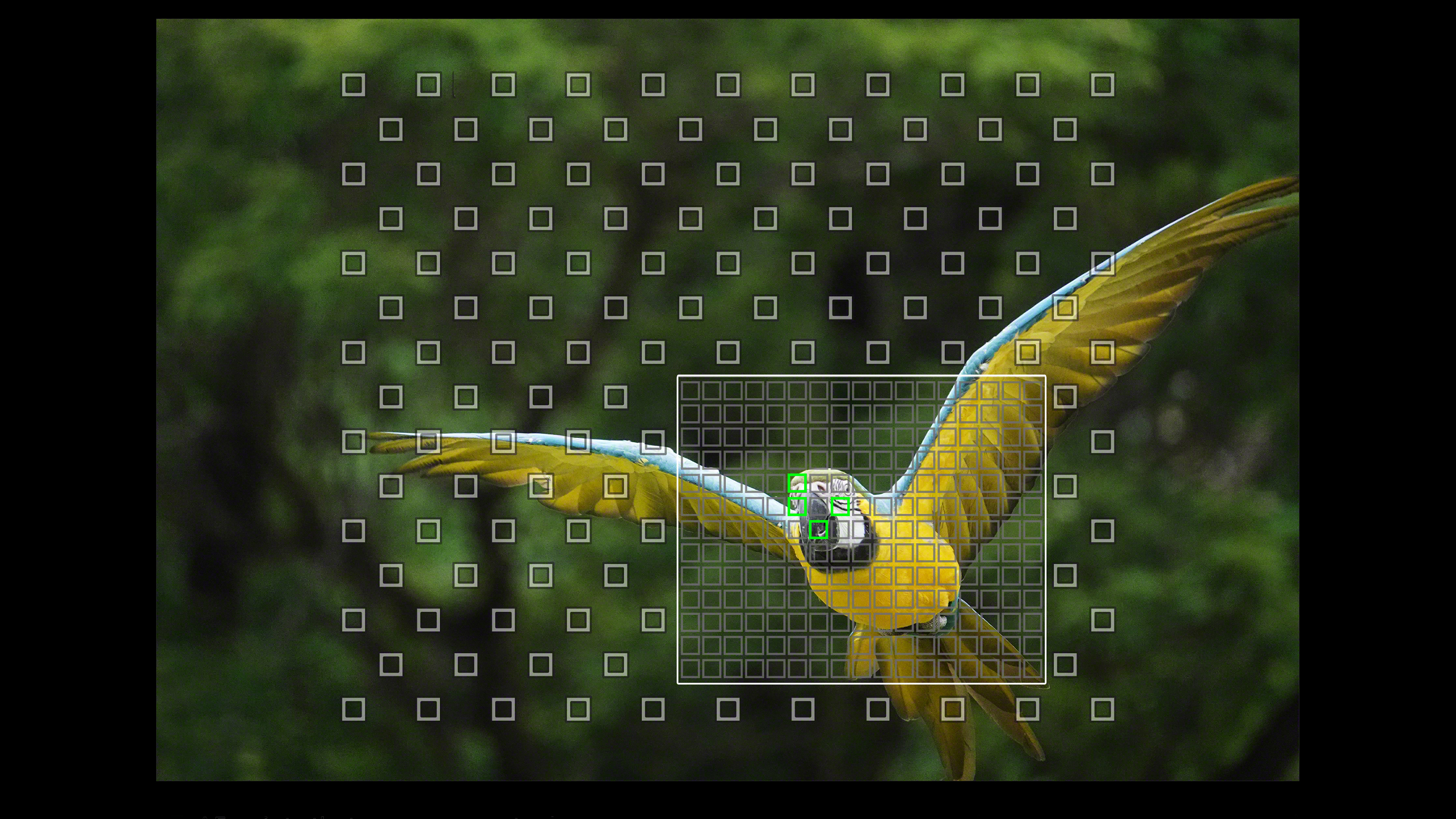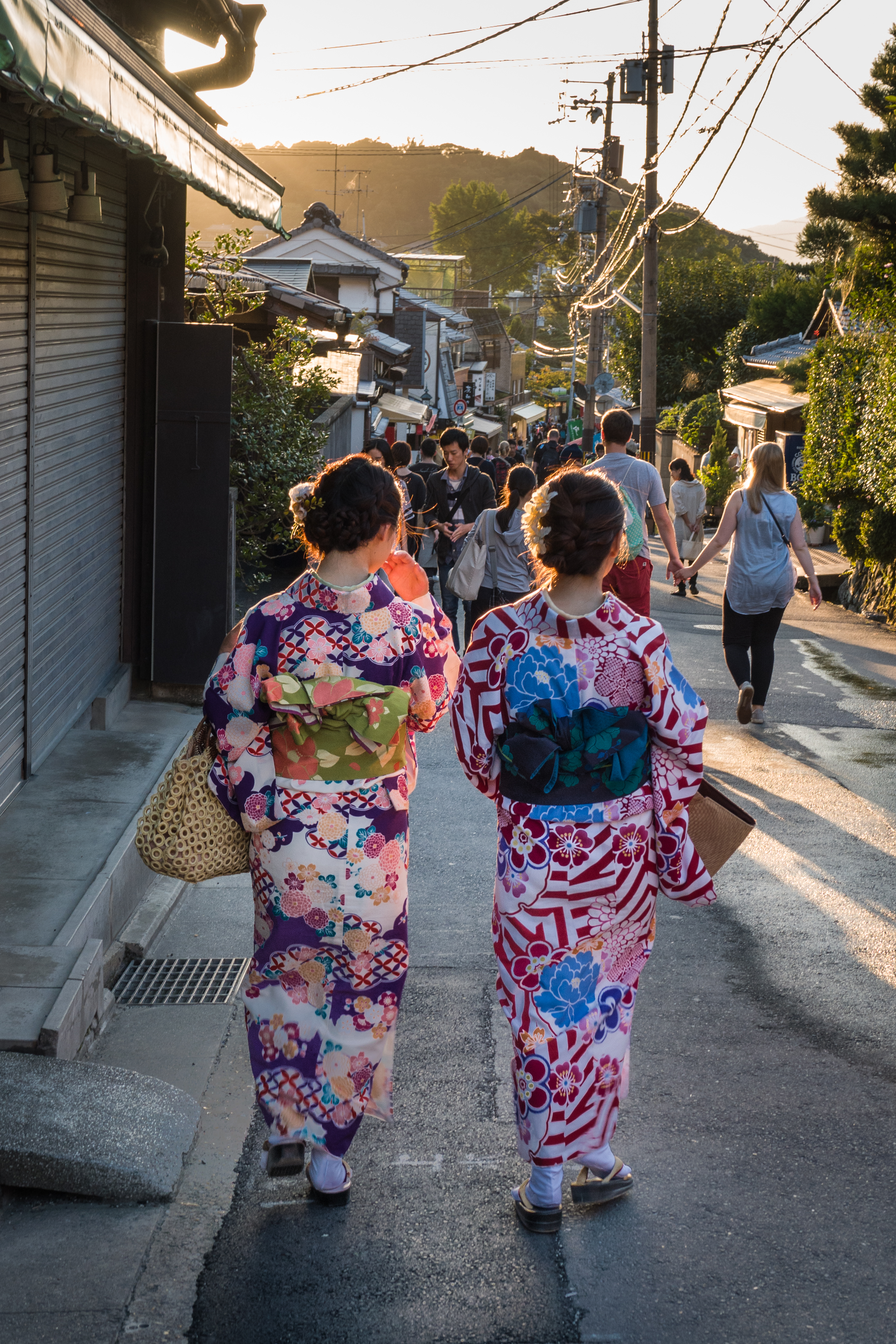The Cyber-shot RX10 IV is Sony's latest high-end bridge camera, aimed at the enthusiast who wants an advanced all-in-one camera that doesn't compromise on performance.
It wasn't long ago that bridge cameras were a dirty word in photography – they may have looked like DSLRs, but their performance and image quality were anything but. But, thanks to the likes of the original Cyber-shot RX10, with its 1-inch sensor, that all changed.
Four generations on we arrive at the RX10 IV, and while at first glance it may appear that little has changed from the RX10 III, Sony has furnished its latest camera with a host of new features. Packing a long, fast zoom lens, large sensor (for and bridge camera at least), and performance that, on paper at least, would make some advanced DSLRs blush, is this the ultimate bridge camera?
Features
- 1.0-inch CMOS sensor, 20.1MP
- 24-600mm f/2.4-4 zoom lens
- 4K video capture
Like the previous generations of the RX10 series the RX10 IV sports a 20.1MP 1.0-inch sensor, but takes advantage of Sony's latest EXMOR RS CMOS stacked sensor design. This, combined with the BIONZ X image processor borrowed from the Alpha A9 and front-end LSI, delivers a serious bump in performance.
The RX10 IV can now rattle off an impressive 24fps (and that's with AF and AE), and can focus in 0.03 seconds, while the sensitivity range runs from ISO100-12,800, and is expandable to 64-25,600.
The lens design remains the same, with the RX10 IV using the same Zeiss Vario-Sonnar T* 24-600mm f/2.4-4 optic. The combination of a massive zoom range with a fast variable maximum aperture certainly makes this a versatile proposition for many photographers, allowing you to shoot everything from broad vistas to tightly framed action and wildlife images.
Such an extreme focal length introduces a serious risk of camera shake when you're shooting, and to compensate the RX10 IV features Sony's built-in Optical SteadyShot image stabilization system to enable the use of shutter speeds 4.5 stops slower than would normally be required to achieve a sharp shot.
The RX10 IV keeps the same 2.35 million dot EVF, but the arrival of the new BIONZ X processor means display lag during continuous shooting has been improved. The 3.0-inch tilt-angle display has also been revised, with resolution getting a modest boost to 1.44 million dots, while touch functionality is now featured, with Touch Focus supported.
The RX10 IV also becomes the latest RX series camera to offer 4K (QFHD 3840 x 2160) movie recording at 24/30p, while Sony reckons its Fast Hybrid AF system (more on that in a bit) offers focusing speeds twice as fast as the RX10 III when shooting video. If you're happy with 1080p footage, this can be captured at up to 120fps, while S-Log2/S-Gamut 2 and S-Log3/S-Gamut3 are also supported. The RX10 IV can also capture a 720p stream alongside the 4K footage to help speed up editing.
There's a mechanical shutter with a maximum speed of 1/2000 sec, while the RX10 IV also employs Sony's electronic high-speed Anti-Distortion Shutter, which is designed to eliminate the ‘rolling shutter’ effect commonly experienced with fast-moving subjects. When this is engaged the RX10 IV can shoot completely silently a maximum shutter speed of 1/32,000 sec.
Finally, there's the full range of connectivity options to choose from, with Wi-Fi, NFC and Bluetooth offering hassle-free transfer of images to your smart device via the PlayMemories Mobile app.
Build quality and handling
- Dust- and moisture-resistant
- Comfy handgrip
- Weighs 1095g
Even for a bridge camera, the Sony RX10 IV is a chunky affair – weighing in at 1,095g it makes some DSLRs look lightweight. When you consider that Sony has managed to squeeze a 24-600mm optic into the body, however, it begins to look incredibly compact for what it offers. A Nikon 600mm f/4 telephoto prime lens, for instance, is almost four times the weight of the RX10 IV – and that's just the lens. Granted, that's not quite comparing like with like, but it does make you appreciate what a neat all-in-one solution this camera is, despite its bulk.
As you'd hope for with a camera demanding this amount of cash, the finish is very good. The RX10 IV is constructed from a blend of magnesium alloy and polycarbonate, and is dust- and moisture-resistant, while the generous handgrip enables you to keep a firm hold the camera even when the lens is extended.

The control layout is pretty much the same as on the RX10 III, although the RX10 IV gains a new focus limiter button that's positioned on the left-hand side of the camera. This gives you the option to choose between the RX10 IV's entire focus range, or from 3m to infinity.
Back-button focusing can be incredibly useful, especially when you're tracking moving subjects, and while the RX10 IV doesn't have a dedicated button, as some premium DSLRs do, it's now possible to activate the camera's AF with any of the custom buttons – we reckon the AEL button positioned just below the rear command dial is the best choice for this.
The large lens barrel sports three lens rings controlling aperture, zoom and manual focus. If you wish, you can also zoom using the rocker switch encircling the shutter button, while the aperture ring can be either click-less, or set to click every third of a stop if you prefer.
Overall, handling is very good. The controls are laid out in a logical manner, while the menu system has been refined. There's still streams of options, but the video settings are now in one sub-section, making it that bit easier to navigate.
Autofocus
- 315-point phase-detection AF
- 0.03 sec focusing speed
- Enhanced AF
The biggest update to the Sony RX10 IV over the RX10 III is the arrival of on-sensor phase-detection autofocus. And Sony hasn't scrimped on AF points either, with a total of 315 phase-detection points covering 65% of the frame.
Because the RX10 IV takes advantage of the same BIONZ X image processor as Sony's flagship Alpha A9, it also enjoys the luxury of using the same autofocus algorithms used for focus tracking as in Sony's top-flight mirrorless camera. This is known as high-density AF tracking, and concentrates AF points around a subject to improve tracking and focus accuracy, with Sony claiming that even the most unpredictable subjects should be captured with ease.

Sony reckons focusing speeds should be as quick as 0.03 sec, and in use it's hard to dispute that – even at the 600mm end of the zoom range focusing speeds are very swift for static subjects.
Flick the RX10 IV into AF-C (or AF-A, a new mode that Sony has added that will choose between AF-S and AF-C based on its assessment of subject movement), and it continues to impress. In fact, the tracking performance of the RX10 IV is nothing short of excellent – we haven't seen this level of performance on a bridge camera before, and it would embarrass some advanced DSLRs.
We shot with the AEL button programmed as our back-button focus control (and with the shutter button therefore only required to trigger the shutter), and with Lock-on AF: Flexible Spot M mode selected as our Focus Area. And, just as we experienced with the Alpha A9, a exorbitant array of AF points light up the viewfinder as it tracks your subject round the frame. What's really nice is that when you add in the Touch Pad AF control, which allows you to guide the AF area round the rear display with the camera raised to your eye, it's quick and easy tell the camera where you want to focus.
For those shooting a lot of portraits, Sony's Eye AF technology does exactly as the name suggests. Activate this and the camera will lock on to you subject's eye, and hold focus and track the eye for as long as the mode is activated (it's initially set via centre button at the rear of the camera).
Performance
- 24fps burst shooting
- 5-axis image stabilization
- 400-shot battery life
The 14fps burst shooting on the RX10 III was already impressive, but the Sony RX10 IV's 24fps burst shooting puts it in a class of its own for a bridge camera, even trumping the 20fps offered by the Alpha A9.
You might have to ask yourself whether you actually need this kind of performance (if you don't, it can be set to 10 and 3.5fps), but for those who do, you can rest safe in the knowledge that the camera will sustain this rate for up to 112 raw or 249 JPEG files, with full AF and metering.
The RX10 IV's EVF doesn't disappoint either, rendering a crisp and clear view, while the broad dynamic range of the display means its suited to a range of scenes. There are no quibbles when it comes to the rear display either – resolution is good, while colors and detail also look good.
The 24-600mm f/2.4-4 lens impresses, performing extremely well throughout the zoom range
The touchscreen integration is welcome – especially the AF functionality – but Sony could have gone much further here. Frustratingly, it's not possible to navigate the menus via the touchscreen (something that would be really useful given how comprehensive they are), or swipe through images when reviewing.
The 24-600mm f/2.4-4 lens impresses, performing extremely well throughout the zoom range. There's a hint of vignetting when the lens is wide open, but overall the lens is very sharp considering the extreme focal range it covers.
More good news is that Sony's built-in SteadyShot image stabilization system is very effective and, with Auto ISO enabling you to set a minimum shutter speed, you can customize the settings to ensure that camera shake shouldn't be an issue. We managed to shoot as slow as 1/125 sec and still achieve a sharp shot at 600mm.

The RX10 IV's metering system did an excellent job; even under tricky lighting conditions it seemed to cope well, while the camera's Auto White Balance was also very accurate.
Battery life has actually reduced a little from the RX10 III, dropping to 400 shots per charge compared to 420. This could perhaps be attributed to the newer sensor and the demands of the image processor.
Image quality
- ISO100-12,800, expandable to 64-25,600
- Decent dynamic range
- Noise controlled well at high ISOs
With the Sony RX10 IV packing a similar sensor to the RX10 III and RX100 V, images didn't throw up any unpleasant surprises. For a 1-inch sensor camera, the RX10 IV is capable of delivering some very pleasing shots at a range of ISOs, while the dynamic range available means it's possible to recover a decent amount of detail in raw files.
Resolution is very good, and you should have no qualms about making a decent A3 print from an RX10 IV file, especially if you shoot at under ISO800, where image noise is nicely controlled. Even if you go above that (and let's be honest, you probably will), things are still very good. At ISO1600 color noise is just starting to appear in shadow areas of images, while at ISO3200 there are hints of both color and luminance (grain-like) noise present. It's still more than satisfactory though, especially if you shoot in raw, as you can mitigate these effects in post. We'd resist going above ISO6400 if possible, although if you really have to you'll still be able to get acceptable results, provided you're realistic about how large you'll be able to print.
Verdict
The RX10 IV suggests that Sony has listened to the main criticism levelled at the RX10 III, namely the slightly frustrating autofocus performance, and delivered an excellent bridge camera.
The AF performance now does justice to the camera, making it a viable option for shooting wildlife and action, especially if you want to rattle off images at 24fps – while we found that burst rate to be overkill, there will certainly be some applications where it's useful.
Stills and video image quality are impressive from the 1-inch sensor, while handling is very good. There's still room for improvement though – the arrival of some touchscreen functionality is welcome, but this could be integrated even further.
The biggest sticking point that's likely to deter potential purchasers is the price. The RX10 IV is almost twice the price of its closest direct competition, while there are also several tempting DSLR and mirrorless rivals to consider. However, you'd find it impossible to get a similarly-capable camera and lens combination to match the RX10 IV for a similar amount of money – and when you take that into account the price starts to look less outrageous.
It's also the case that not everyone wants to invest in a system with multiple lenses, and for those looking for a powerful all-in-one solution, the Sony RX10 IV is the best camera out there. It comes at a price, but there's nothing else quite like it.